During 2019, you tuned in to the Estuary Program blog to follow field work projects, to learn about local wildlife, to track the health of the bay, and to see how you can help the estuary and watershed. Today, we’re sharing the posts readers visited most often this year across these four categories. If you haven’t read them yet, now’s a great time to catch up!
Top Field Work Post
Field Updates February 2019: Wet weather, Eelgrass Restoration, and Creek Monitoring
This post shares rainfall totals, details the process of sediment sampling and analysis that we use, and explains our eelgrass restoration progress through that date. Check this post out to compare rainfall totals from early 2019 with our recent rains and get a sense for how far the eelgrass restoration patches have come. For more recent eelgrass information, visit our eelgrass archives.
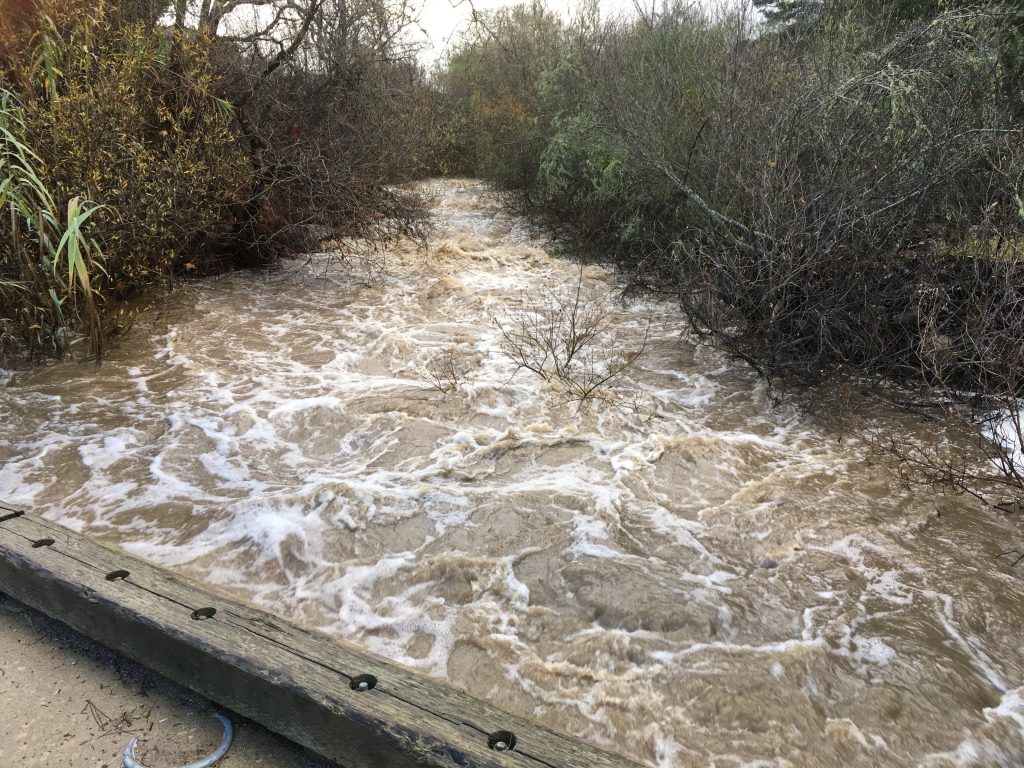
Top Wildlife Posts
Morro Bay Wildlife Spotlight: California Sea Lions in the Estuary
Learn how to tell sea lions and seals apart, see how big and how fast California sea lions really are, and find out why they have their own dedicated dock in Morro Bay.
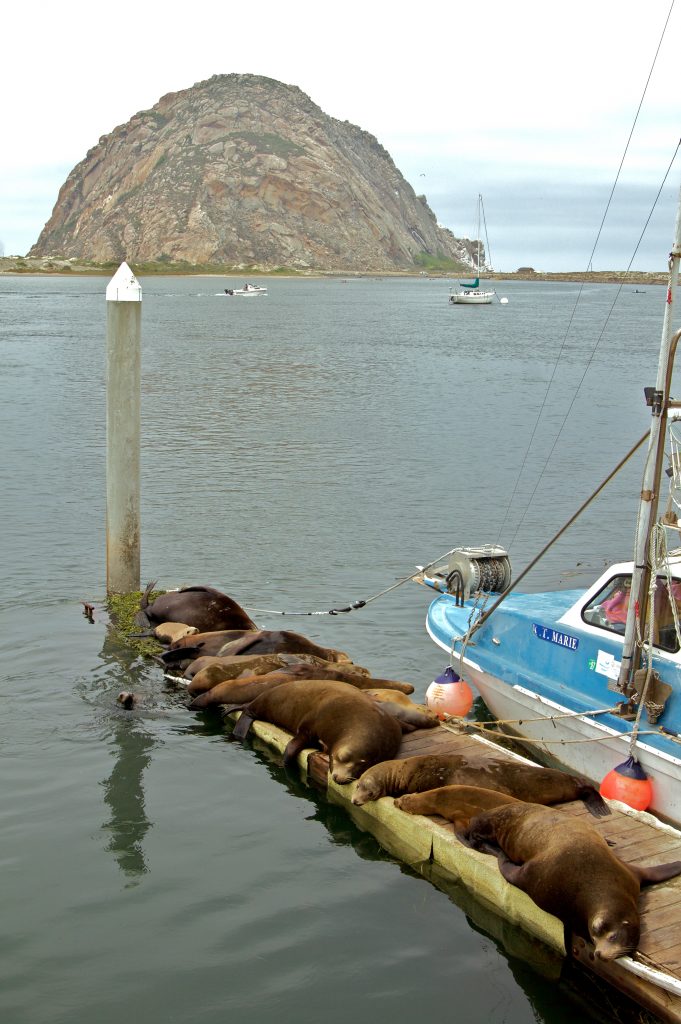
Top Wildlife Series
-
Be Sea Otter Savvy: Sea Otter Biologist Gena Bentall shares her knowledge of and love for these beloved marine mammals
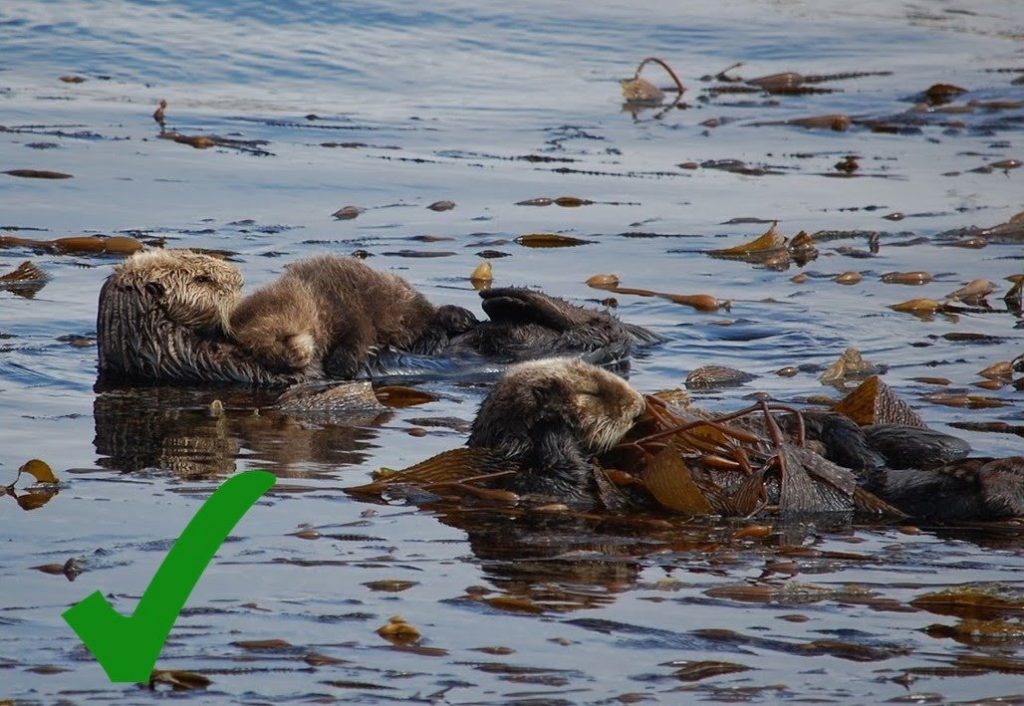
-
Sea Slug of the Month: Nudibranch Enthusiast Robin Agarwal shares tips for finding and appreciating these tiny and unique inhabitants of the Morro Bay estuary
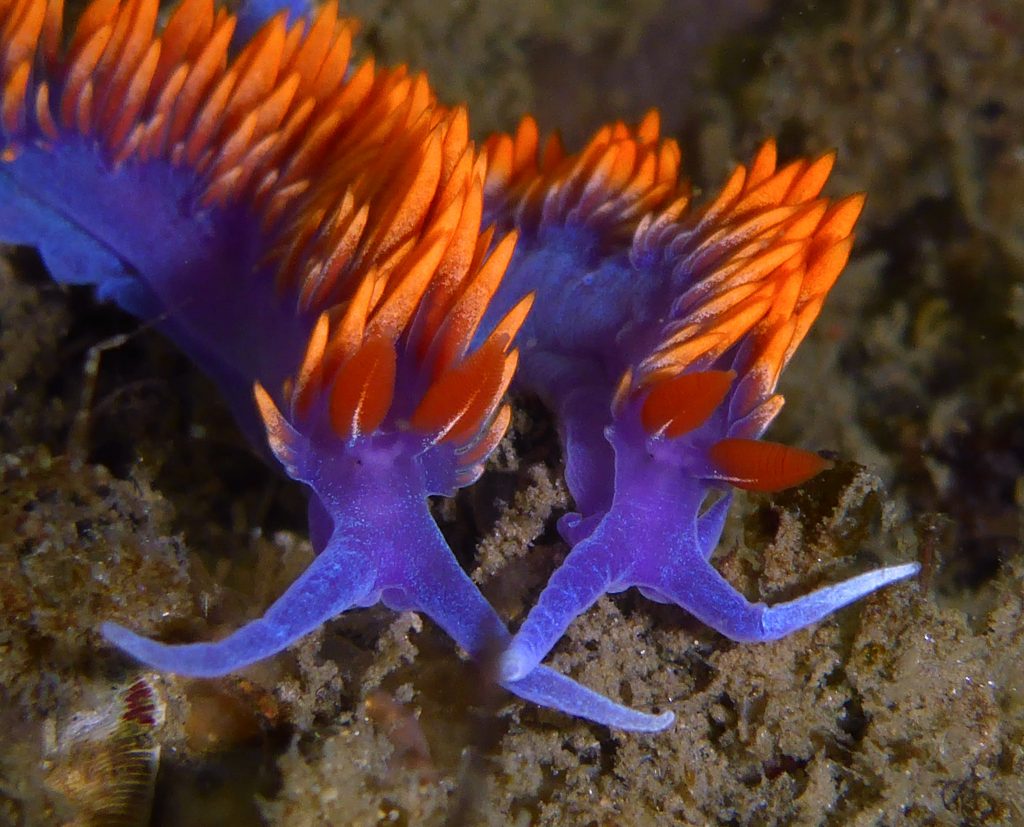
-
Monarchs in Morro Bay: Learn where to find monarchs on the Central Coast and see how you can help them survive
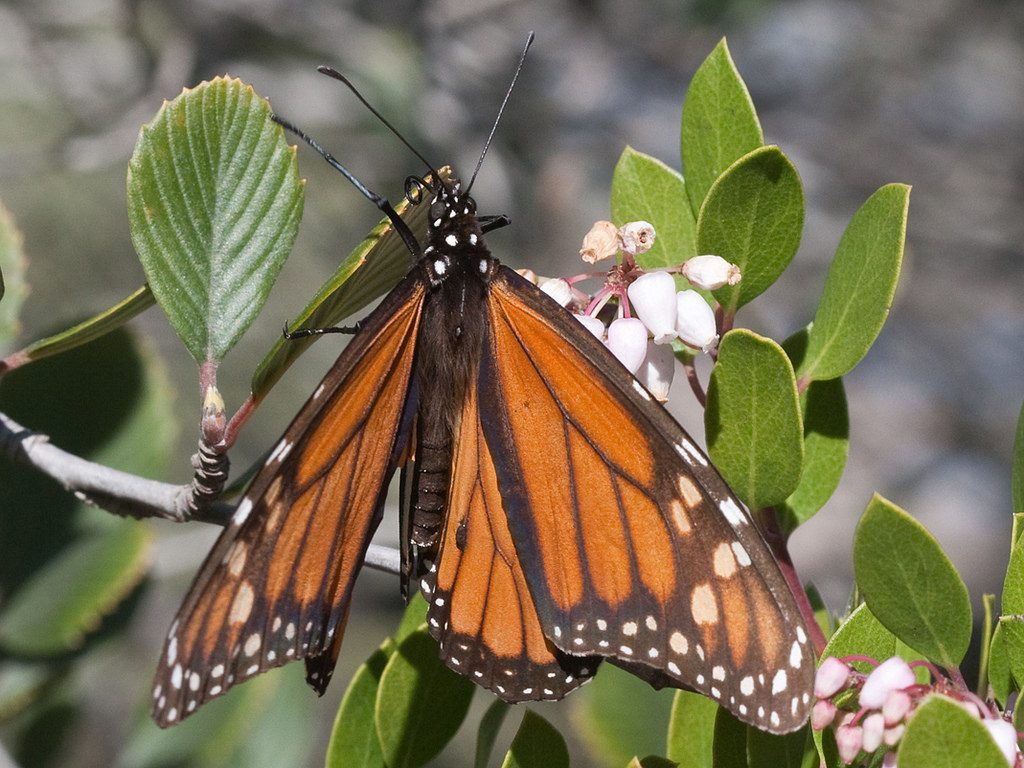
Top Bay Health Post
Sea Star Wasting Disease Monitoring Update
In 2013, sea stars began dying off in record numbers up and down the Pacific Coast of North America. Since then, scientists have been studying the causes and effects of the wasting syndrome that is believed to have caused the die off. Volunteers have also been monitoring the health of sea star populations all along the coast, including here in Morro Bay, through MARINe’s citizen science program. Learn all about it in this post.
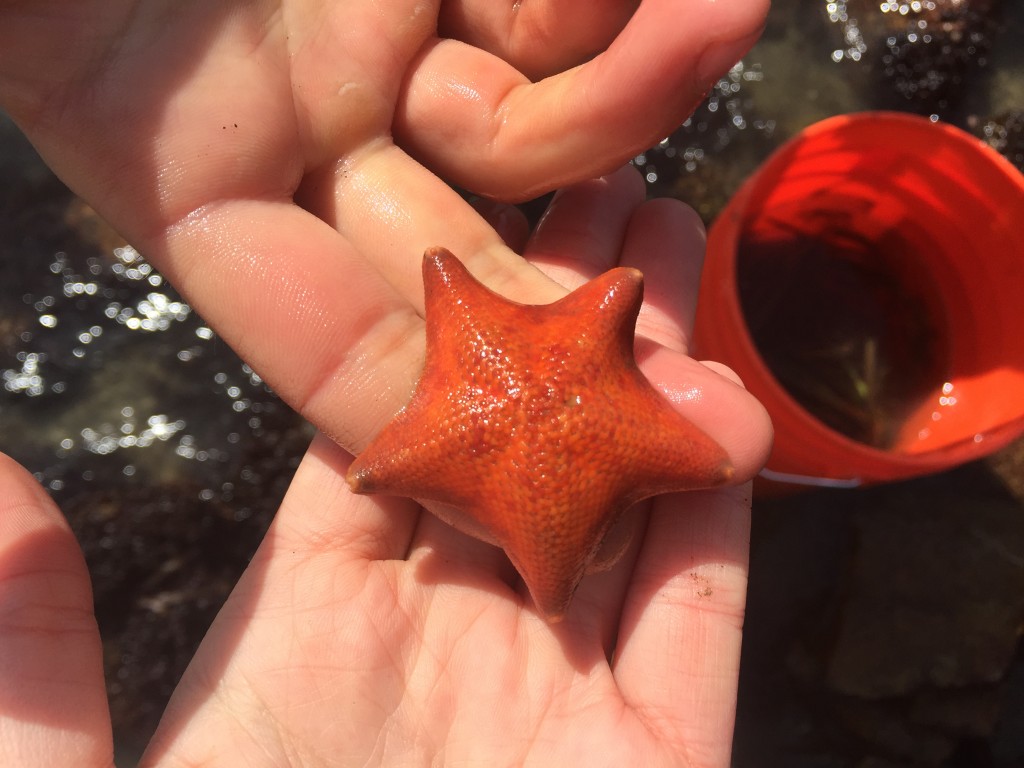
Top Stewardship Post
The Truth About Sunscreen: Its Effects on Us and the Environment
Sunscreen helps us stay healthy and ward off skin cancer, but how does it effect the bay and the ocean beyond? Learn what types of sunscreen are the least harmful for wildlife, which to avoid, and why.
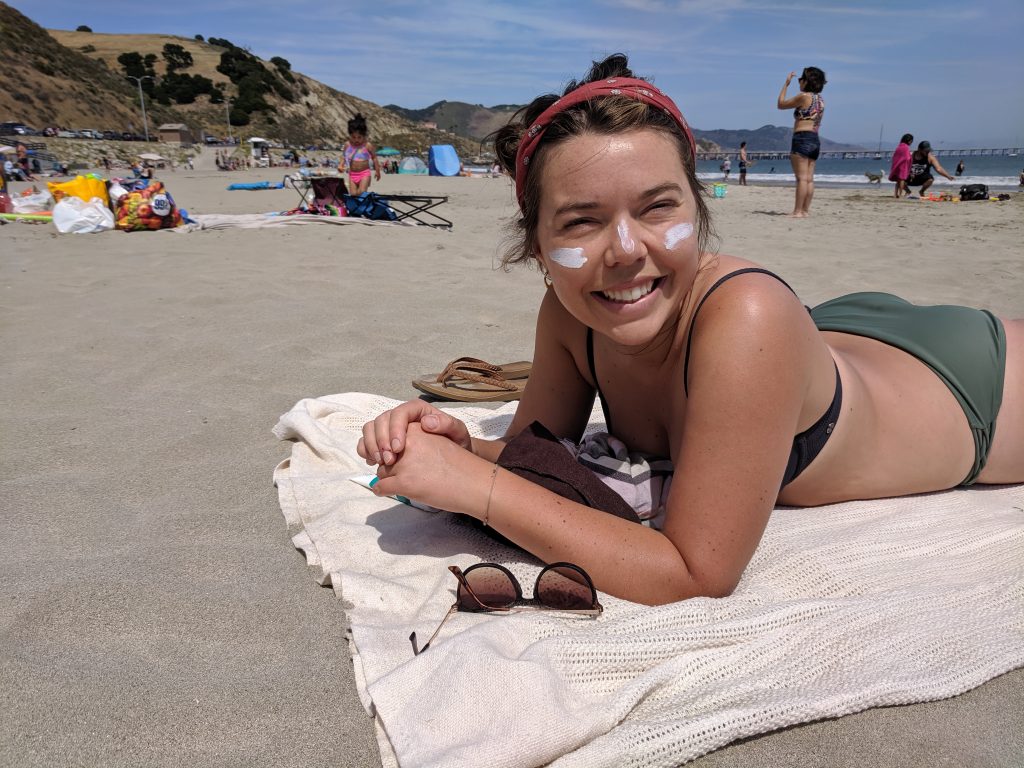
Happy reading and happy New Year!
Subscribe to our weekly blog to have posts like this delivered to your inbox each week.
Help us protect and restore the Morro Bay estuary!
-
- Donate to the Estuary Program today and support our work in the field, the lab, and beyond.
The Estuary Program is a 501(c)3 nonprofit. We depend on funding from grants and generous donors to continue our work. - Support us by purchasing estuary-themed gear from ESTERO. This locally owned and operated company donates 20% of proceeds from its Estuary clothing line and 100% of Estuary decal proceeds to the Estuary Program. Thank you, ESTERO!
- Purchase items from the the Estuary Program’s store on Zazzle. Zazzle prints and ships your items, and the Estuary Program receives 10% of the proceeds. Choose from mugs, hats, t-shirts, and even fanny packs (they’re back!) with our fun Estuary Octopus design, our classic Estuary Program logo, or our Mutts for the Bay logo.
- Donate to the Estuary Program today and support our work in the field, the lab, and beyond.